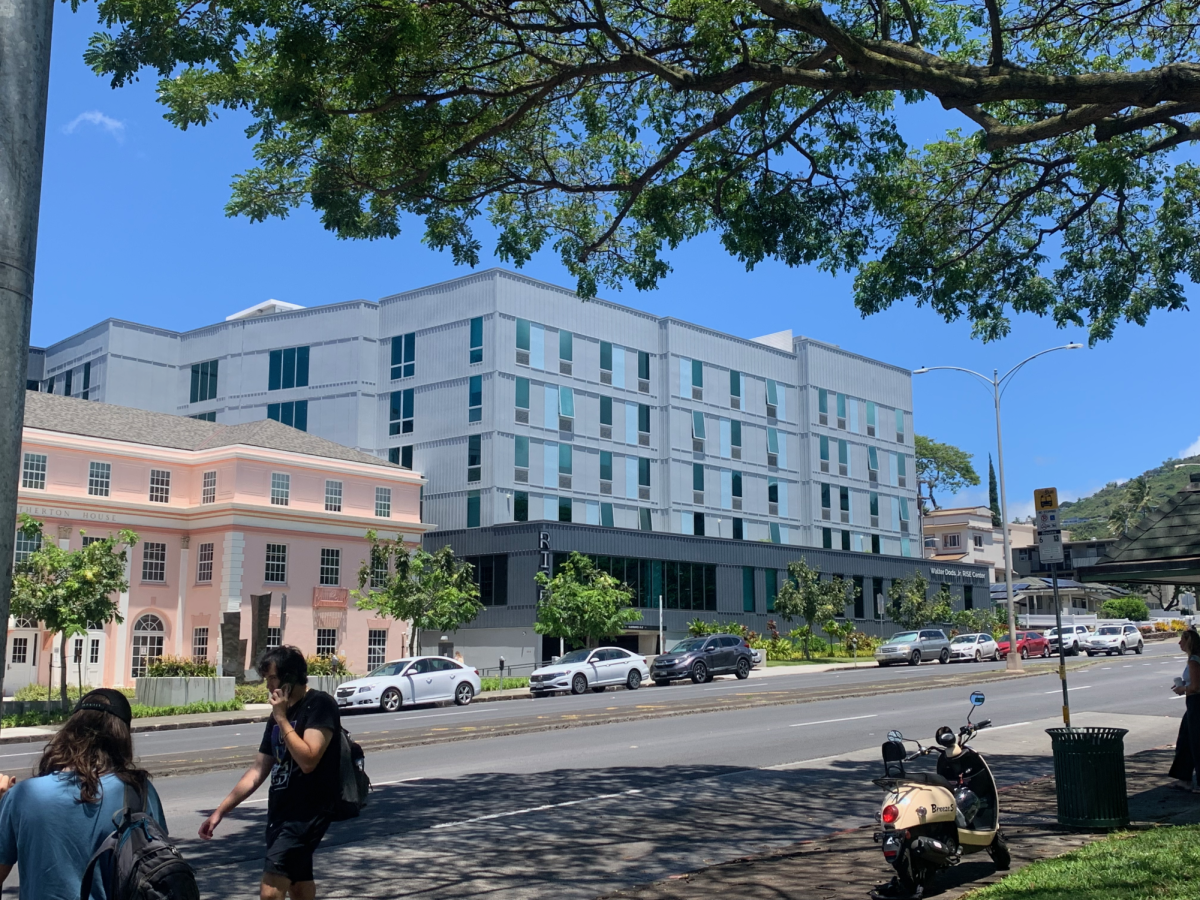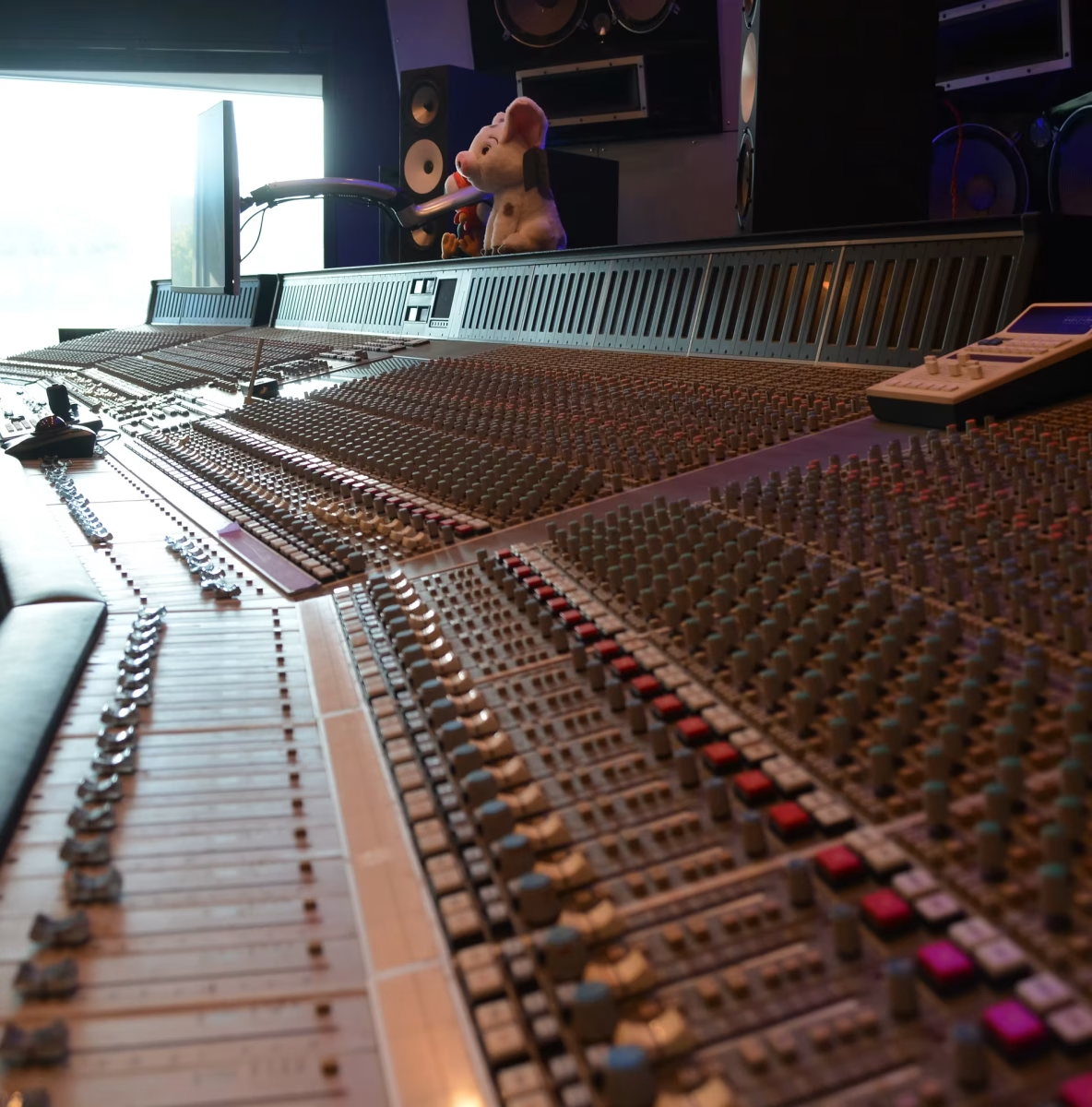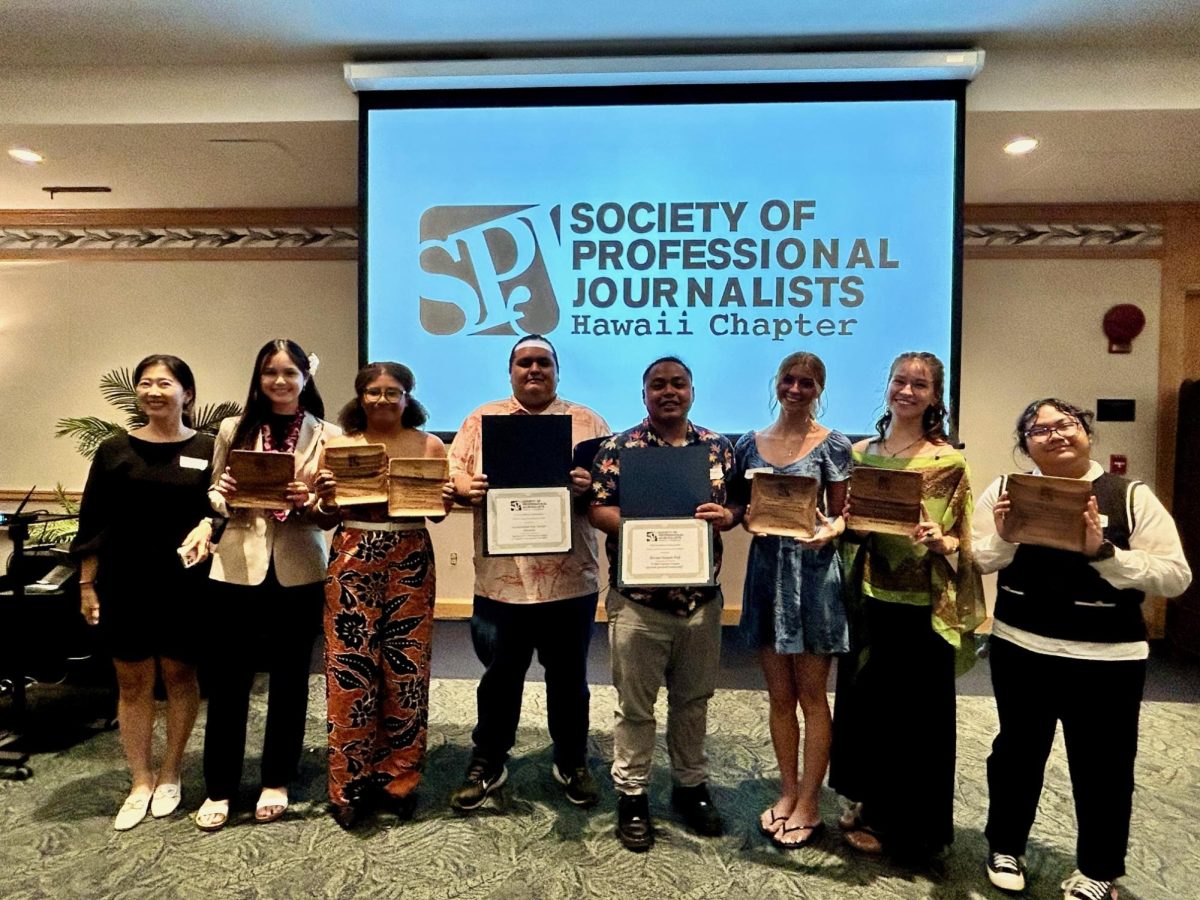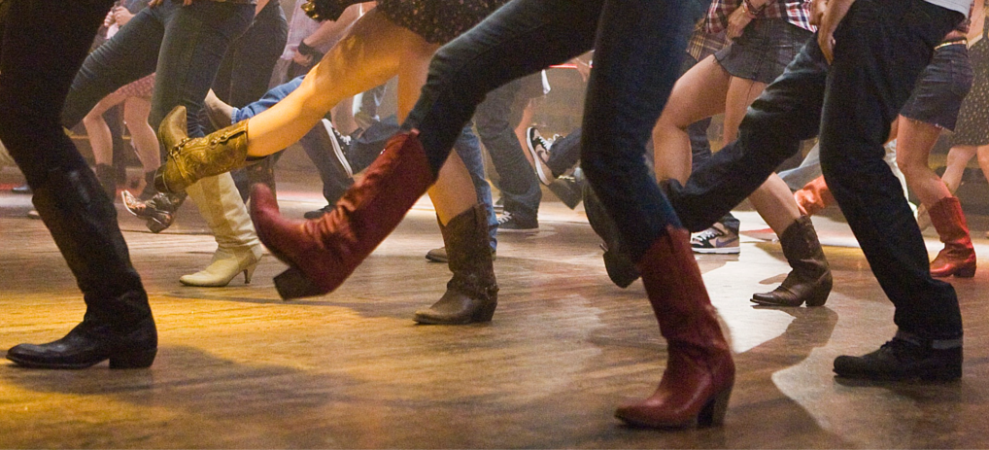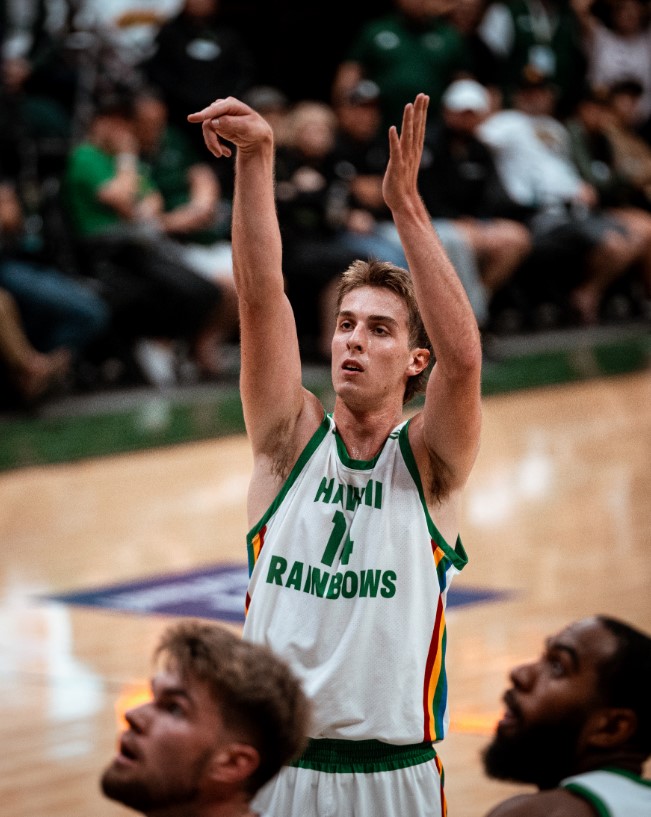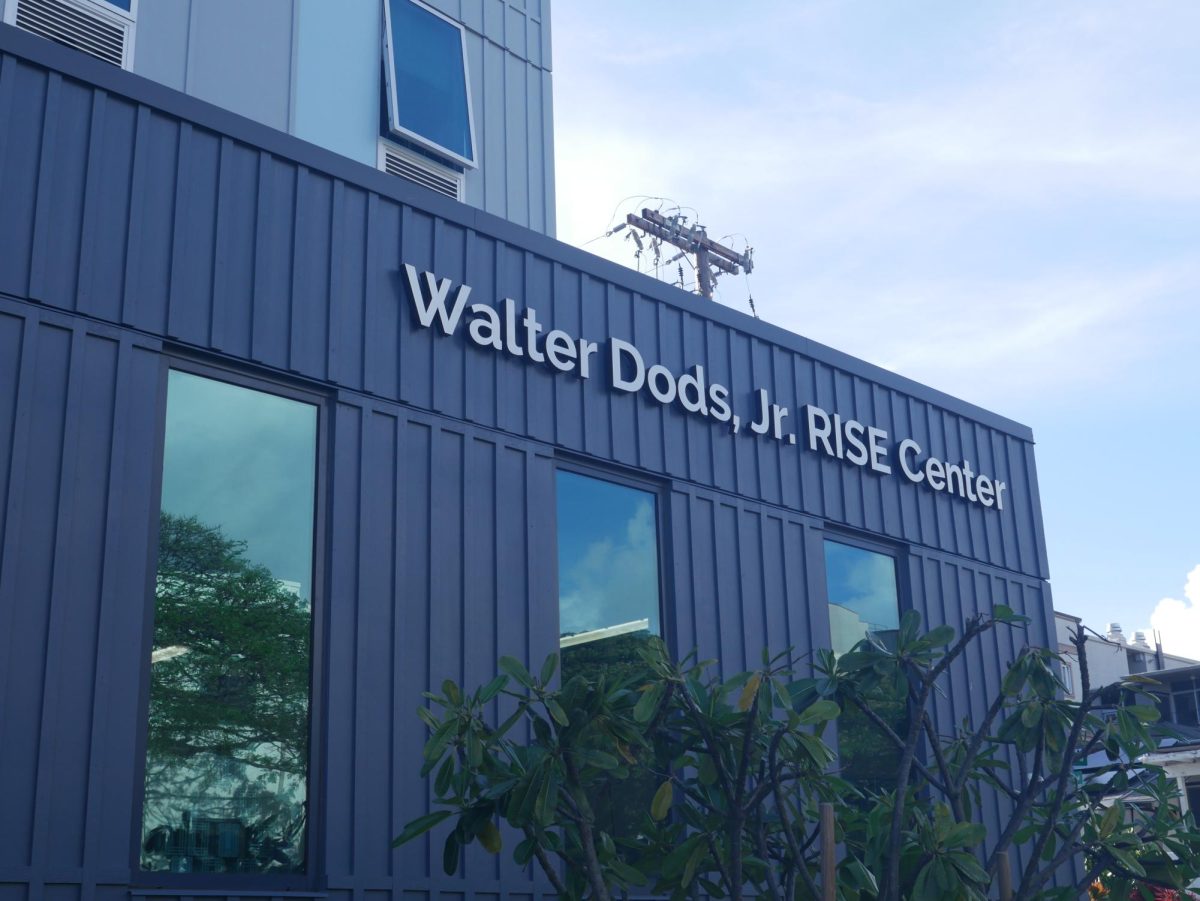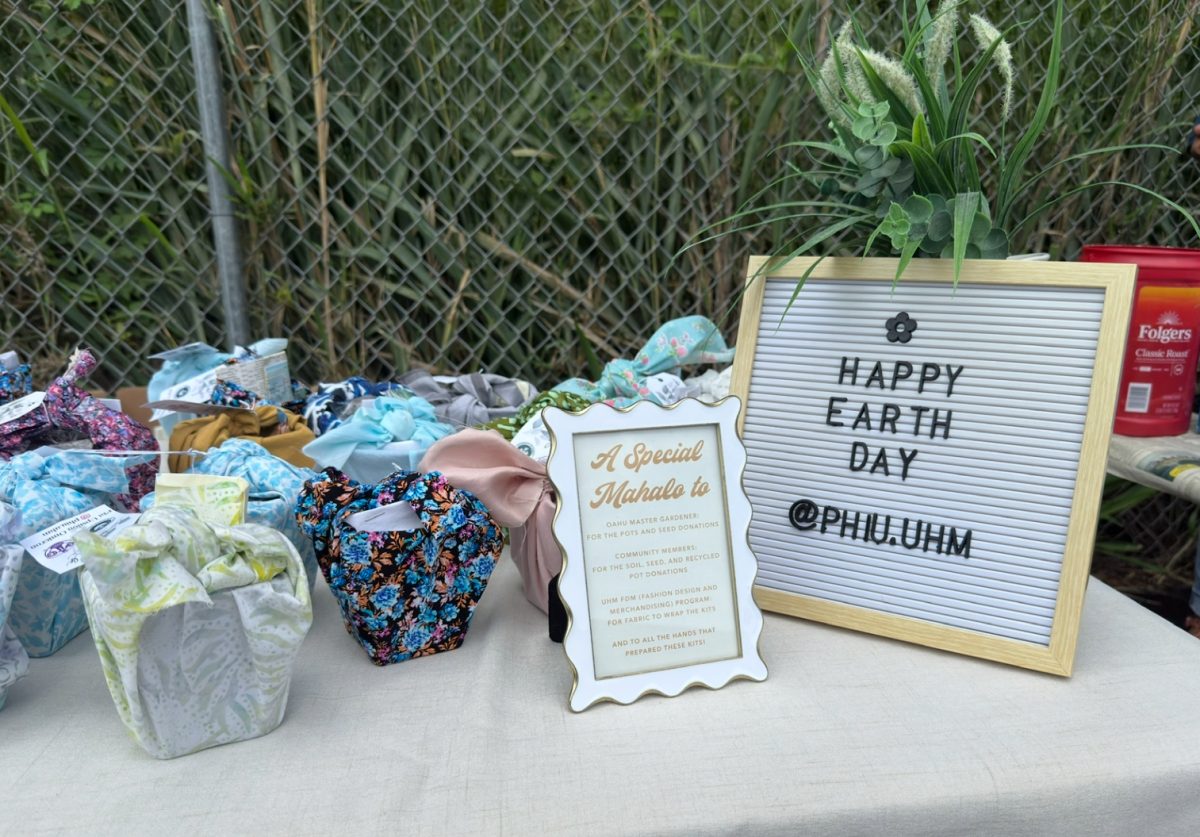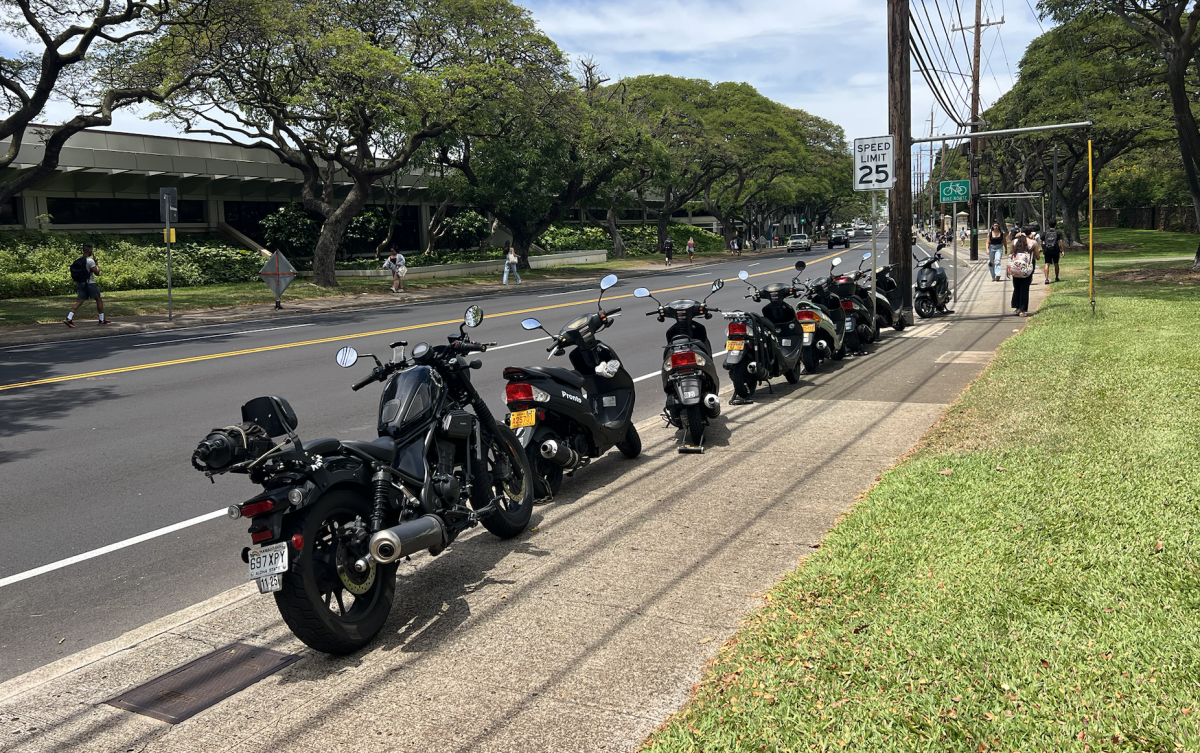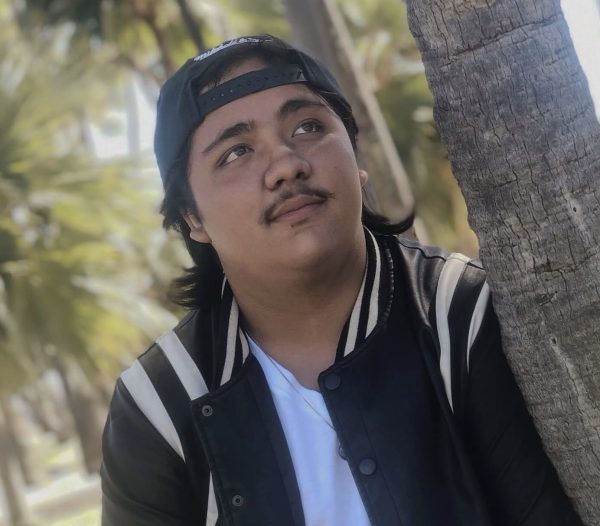Ayden Herrera has moved twice in two years since starting college and, due to high costs, plans to move a third time going into his junior year.
“From what I found, it’s really hard to get into the dorms if you’re not a first-year,” said Herrera, an undergraduate student at UH Mānoa. “I was able to get into RISE, but this spot is not as cheap as the dorms, so I’m probably going to have to move out and find a cheaper option.”
Herrera said he plans out his spending in light of high living costs at Mānoa.
“I sort of have to teeter-totter on things like, can I deal with this, can I not deal with this,’” said Herrera. “Any way to save money is now in my mind, it sort of is like in a sense of survival where that money that I saved could be helpful later on.”
He said he’s not the only college student in this situation.
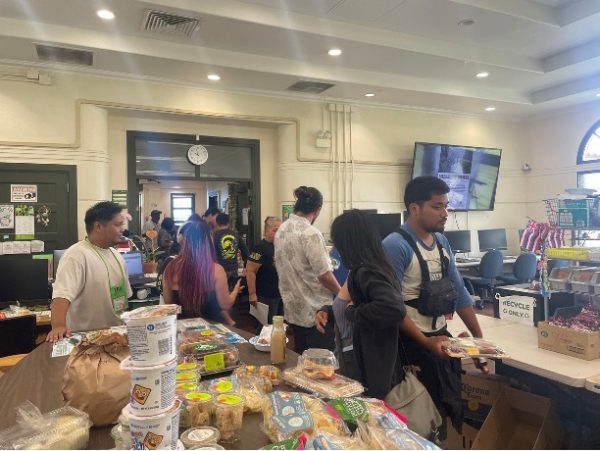
“I think this is a very quiet issue, but there’s more people out there than just me,” said Herrera. “I just feel like it’s hard to talk about this because no one really wants to go out and be like, ‘Hey, I’m broke.’”
The Hope Center for College, Community and Justice conducted a basic needs survey report that found college students face significant levels of basic needs insecurity on a national level.
Statistics come from 91 institutions across the country who participated in Hope Impact Partnerships, which help to address the basic needs of students.
According to the survey, of nearly 75,000 participants, “59% of students experience at least one form of basic needs insecurity related to food or housing.” More specifically, 41% experience food insecurity, 48% experience housing insecurity, and 14% experience homelessness.
At the local level, a “Basic Needs Master Plan” was developed at UH through the Basic Needs Program in partnership with the Hope Center. Four years later, students are still experiencing insecurity.
Tehani Keanini is the coordinator for the UH Basic Needs Program, and she shared what statistics show in regards to which needs are recurring most.
“Specifically in Hawaiʻi with the highest cost of living, students primarily inquire about housing and financial aid,” said Keanini.
She further explained how students are oftentimes overlooked in conversations on the topic.
“There is a narrative that students don’t necessarily experience basic needs insecurity, which is false,” said Keanini. “With academics, as well as working, family, and personal life, they’re one of the greatest vulnerable populations.”
Toafa Stark, a graduating student in the college of education at UH Mānoa, said her program has impacted her ability to bring in extra money that would help with rising costs.
Major-specific internships and learning opportunities are offered to prepare students for their field of study. For Stark, this entails a five-day-a-week placement at a school in Wahiawa for which she juggles planning her schedule around lesson planning, school work, and travel times.
“This program is heavily enforcing that we don’t work, however, what feels like a full time job is not paying me,” said Stark. “I had a job before I started the program, but I had to cut down my hours, so I’m not getting paid as much as I used to.”
She further shared what areas this money would be beneficial for.
“Our rent is going up by $100, and it’s already high, so that is very much a problem,” said Stark. “I have noticed that the amount that we’re spending on groceries is becoming higher, and we get the same things all the time.”
The Food Vault Hawaiʻi (FVH), located on the campus, offers a way for students to obtain shelf-stable food and toiletries. They see an average of 100 students per shift, with 1,400 unique student users.
Bonnyjean Manini, the principal investigator at FVH, spoke about the stigma surrounding reaching out for assistance.
“Where we have need, we must put aside our pride or worry about what others might think of us and seek assistance,” Manini said. “If we do not, we should carry on with our lives and allow others who have need to get assistance or become part of the solution and pay it forward.”
Keanini spoke about her outlook moving forward in light of efforts to address students’ basic needs insecurities.
“It has been a systemic problem, ongoing for a decade,” said Keanini. “This is something that requires community, so now that there’s a spotlight to understand that this needs addressing, we are making one step at a time.”


